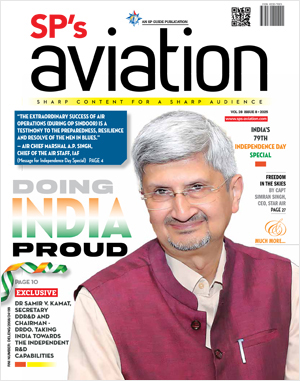INDIAN ARMED FORCES CHIEFS ON OUR RELENTLESS AND FOCUSED PUBLISHING EFFORTS

The insightful articles, inspiring narrations and analytical perspectives presented by the Editorial Team, establish an alluring connect with the reader. My compliments and best wishes to SP Guide Publications.

"Over the past 60 years, the growth of SP Guide Publications has mirrored the rising stature of Indian Navy. Its well-researched and informative magazines on Defence and Aerospace sector have served to shape an educated opinion of our military personnel, policy makers and the public alike. I wish SP's Publication team continued success, fair winds and following seas in all future endeavour!"

Since, its inception in 1964, SP Guide Publications has consistently demonstrated commitment to high-quality journalism in the aerospace and defence sectors, earning a well-deserved reputation as Asia's largest media house in this domain. I wish SP Guide Publications continued success in its pursuit of excellence.
- Prime Minister Modi Visits Punjab’s Adampur Air Base, Interacts with Airmen after Successful ‘Operation Sindoor’; Stern Message to Pakistan
- The layered Air Defence systems that worked superbly, the key element of Operation Sindoor
- Operation Sindoor | Day 2 DGMOs Briefing
- Operation Sindoor: Resolute yet Restrained
- India's Operation Sindoor Sends a Clear Message to Terror and the World – ‘ZERO TOLERANCE’
- Japan and India set forth a defence cooperation consultancy framework, talks on tank and jet engines
India gets GE-F404 engine for Tejas Mk 1A fighter jet, HAL gears up for ramped-up production
With the second now delivered, GE is committed to supplying two engines per month, aiming to complete 12 by the end of the current fiscal year
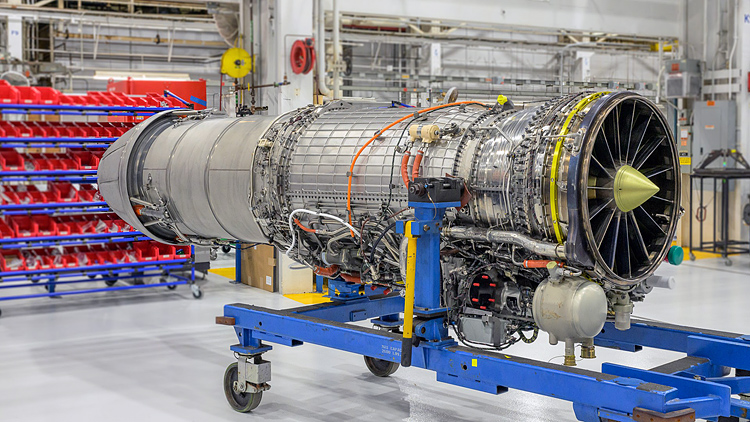
India has taken delivery of its second General Electric F404 IN20 (GE F404) jet engine from the US, addressing the urgency in the country's Light Combat Aircraft (LCA) Tejas Mk 1A programme. The engine, now in the possession of Hindustan Aeronautics Limited (HAL), further strengthens the foundation for scheduled fighter jet production later this year.
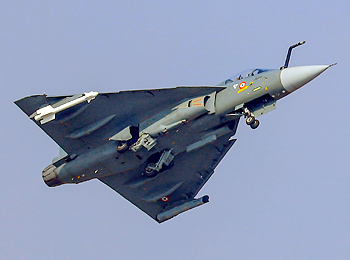
Engine Deliveries: On Track After Turbulence
The GE order — signed in 2021 for 99 engines at an estimated ₹5,375 crore — faced significant delays due to supply chain disruptions, particularly a shortage of critical components from a South Korean supplier. India received its first engine in late March 2025. With the second now delivered, GE is committed to supplying two engines per month, aiming to complete 12 by the end of the current fiscal year, which is around March 2026.
HAL's Integration Pipeline
Integration of each engine into the Mk 1A airframe typically spans around a month, covering fuselage fitment, system piping, landing gear installation and rigorous ground and high-speed runs. HAL officials highlight that with stable engine deliveries, they are poised to roll out 12 Tejas Mk 1A jets by December, six of which are already lined up on the production floor.
HAL officials highlight that with stable engine deliveries, they are poised to roll out 12 Tejas Mk 1A jets by December, six of which are already lined up on the production floor.
The immediate objective is to scale Tejas production and cut to legacy fleets. The LCA Mk 1A—the upgraded variant of Tejas—is part of a larger push to induct 83 ordered jets, with plans underway for an additional 97 aircraft, pending final Defence Ministry approval. Longer term, the Indian Air Force plans to transition to more advanced Mk2 and AMCA fighters by 2035, while retiring older jets like the MiG-29, Mirage 2000, and Jaguar.
Beyond mere procurement, India and the US are in the final stages of negotiating a co-production agreement for the next generation GE F414 engines, slated for the LCA Mk2. That deal is expected to be finalised by March 2026. In total IAF is looking at a "Make in India" production push to develop up to 400 fighter jets over the next decade.
Beyond mere procurement, India and the US are in the final stages of negotiating a co-production agreement for the next generation GE F414 engines, slated for the LCA Mk2.
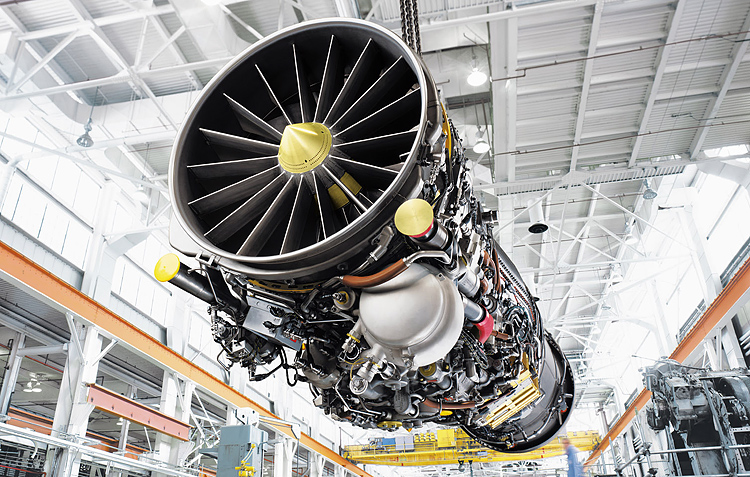
Why these matters
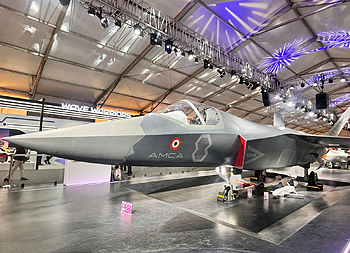
It is important, in boosting fighter production cadence and resolving engine supply bottlenecks, to unlock the delivery of the first Mk 1A jets in large numbers by the end of 2025. Reducing squadron gaps is a matter of serious concern. A stable supply of indigenous jets is crucial as the IAF phases out ageing fighters.
Additionally, it also brings urgency to co-production deals and ToT arrangements in engines, signalling a growing US-India strategic partnership. With future F414 production in India, HAL, private partners, and strategic supply chains stand to benefit, mirroring global fighter engine manufacturing ecosystems.
What's Next
GE aerospace aims to fulfil two engines per month through March 2026, assuring a total of 12. While HAL continues engine integration, to roll out 12 Mk 1A jets by December 2025.
However, the production escalation is planned, with 16 jets per year from FY 2026–27, pending consistent engine inflow.
It is important, in boosting fighter production cadence and resolving engine supply bottlenecks, to unlock the delivery of the first Mk 1A jets in large numbers by the end of 2025.
At the same time, the GE F414 co-production deal is expected by March 2026, paving the way for Mk2 and AMCA engine manufacturing.
So far, as 83 planes get delivered, 97 more cleared in principle; total LCA fleet build-out targeted at 400+ jets by 2035.
India's second GE F404 delivery marks more than just engine logistics. As HAL works to translate engine deliveries into operational jets, the success of this programme will be a bellwether for India's broader defence manufacturing aspirations.
Manish Kumar Jha is a Consulting & Contributing Editor for SP's Aviation, SP's Land Forces and SP's Naval Forces and a security expert. He writes on national security, military technology, strategic affairs & policies.





